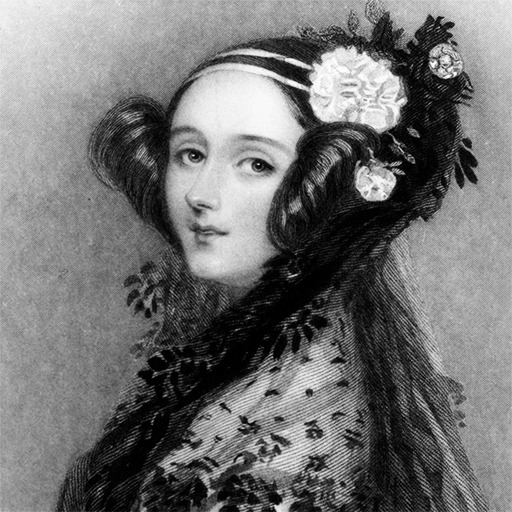
From War To Innovation :
The history of Women in tech
Week 1: ADA LOVELACE
A pioneer of computer science, Ada Lovelace is considered the world’s first programmer.

A pioneer of computer science, Ada Lovelace is considered the world’s first programmer.
Ada Lovelace, the daughter of the renowned poet Lord Byron and Lady Annabella Milbanke, was born in London, England in 1815.
Following four attempts of drunken violence by Byron, Annabella left him in January 1816, taking Ada with her.
Annabella, who had a passion for mathematics, insisted on giving Ada a solid education in this field. As a result, Ada studied mathematics and science from a young age, as well as music and literature.
In June 1833, at the age of 17, Ada met the mathematician Charles Babbage, who was working on an ambitious project for the time: the Analytical Engine.
In 1835, she married William King and they had three children.
She returned to mathematics in 1839.
In 1842, the Italian mathematician Louis-Frédéric Ménabréa published a description of Babbage’s Analytical Engine in a Swiss journal, in French. As Ada Lovelace was proficient in French, physicist Charles Wheatstone asked her to translate the article for the journal Scientific Memoirs.
After nine months of translation, Ada added seven notes (named A to G), which were three times the length of the original article.
Note G included a highly detailed algorithm for calculating Bernoulli numbers using the Analytical Engine.
The resulting program is considered the world’s first computer program.
However, the Analytical Engine was never built due to funding problems.
In an attempt to fund the project, Ada turned to gambling. She developed a system she believed would help her win bets at the Epsom Derby, but instead it led to significant debt.
She died at the age of 36 from uterine cancer.
Although Ada Lovelace’s contribution to technology was not recognized during her lifetime, she left behind an important legacy that paved the way for modern technology.
In tribute to her, the programming language ADA, developed between 1977 and 1983 for the US Department of Defense, was named in her honor.
Additionally, her portrait appears on Microsoft’s product authentication holograms.
SHARE THIS ARTICLE: